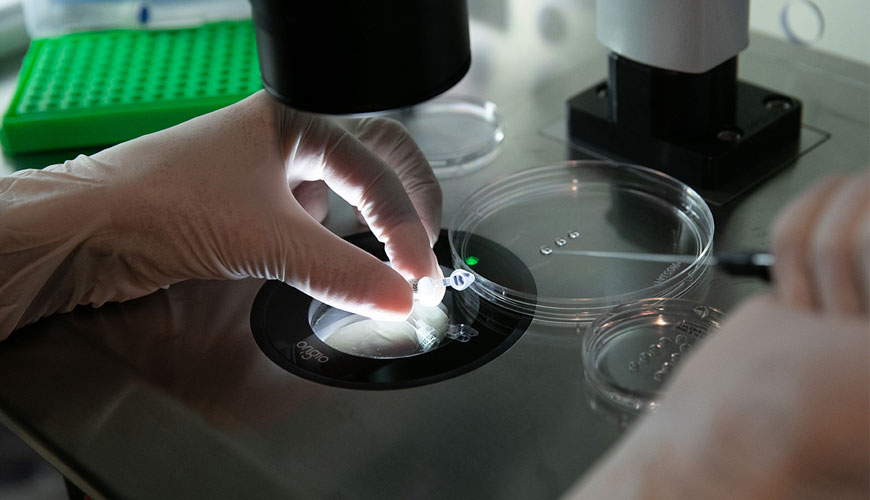

The ASTM D877 standard, published by the American Society for Testing and Materials (ASTM), describes two procedures, A and B, for determining the electrical breakdown voltage of insulating fluid samples. The fail test uses ac voltage in the power frequency range of 45 to 65 Hz.

This test method is used to determine the electrical discharge voltage of electrical fluids in use. Once received, the new insulating liquid is no longer valid, in which case Test Method D1816 will be used. This test method should be used as recommended by professional organization standards such as IEEE C57.106.
ASTM D877 Test Procedure
The sensitivity of this test method to the general pollutant population present in a liquid sample decreases as the applied test voltages used in this test method rise above approximately 25 kV rms. If the water concentration in the sample is less than 60% saturation at room temperature, the sensitivity of this test method to the presence of water is reduced. The suitability of this test method has not been determined for a liquid with a viscosity higher than 40 cSt at 900 °C.
ASTM D877 Classification of Procedures
Procedure A is used to determine the breakdown voltage of liquids where any insoluble breakdown products readily precipitate during the interval between required repeated failure tests. These fluids include petroleum oils, hydrocarbons, natural and synthetic esters, and askarel (PCB), which is used as an insulator and coolant in transformers, cables and similar devices. Procedure A can be used to obtain the dielectric breakdown of the silicon fluid as specified in Test Methods D20, provided that the discharge energy to the sample for five consecutive faults is less than 2225 mJ (milli joules) per fault.
Procedure B is used to determine the breakdown voltage of liquids where any insoluble degradation products have not completely precipitated from the space between the discs during the 1-minute interval required in Procedure A. It should also be applied to determine the breakdown voltage of liquid samples containing insoluble substances precipitated from the sample during testing. These may include samples from circuit breakers, on-load tap changers and other liquids heavily contaminated with insoluble particulate matter. These samples represent samples that may have large differences between repeated tests. Using Procedure B will result in a more accurate breakdown voltage value when testing such fluids.
Use Procedure B to determine the breakdown voltage of an insulating fluid when an ASTM specification is not available or when developing a value for an ASTM guide or standard.
Test services are also provided by our organization within the scope of the test standard for the dielectric breakdown voltage of insulating liquids using ASTM D877 disc electrodes, within the framework of laboratory testing services.
To get an appointment, to get more detailed information or to request an evaluation, you can ask us to fill in our form and reach you.